Latest News
French star Sarrazin completes Veloce Racing driver line-up

 Reading Time: 4 minutes
Reading Time: 4 minutes
- Versatile French legend joins W Series Champion Jamie Chadwick for Season One
- Sarrazin aiming to add Extreme E success to impressive career CV
- Cross-country specialist Lance Woolridge appointed reserve and development driver
Veloce Racing has completed its driver line-up for the inaugural season of Extreme E, after signing successful French all-rounder Stéphane Sarrazin to partner reigning W Series Champion Jamie Chadwick. In support of this duo, South African cross-country and off-road specialist Lance Woolridge joins the team as reserve and development driver.
Sarrazin has enjoyed a long and diverse career in the sport, and arrives at Veloce boasting an impressive résumé. Whilst perhaps best-known for his sportscar racing exploits – with six podium finishes in the legendary Le Mans 24 Hours, two Le Mans Series titles and multiple victories in the FIA World Endurance Championship to his name – he has a far more versatile CV than many of his Extreme E rivals, which should serve him well in the pioneering new electric off-road racing series.
In 1999, Sarrazin contested the Brazilian Grand Prix and continued to carry out Formula 1 testing duties until the end of 2002. Four seasons in the FIA Formula E Championship yielded three rostrum visits and 21 points finishes, while in 2011 and 2012, he tested his mettle in Australia’s V8 Supercars Championship.
Since 2004, the Gard native has also made successful appearances in the FIA World Rally Championship, increasingly honing his off-road expertise. From 22 starts at the highest level, he has achieved ten points-scoring results – highlighted by a brace of fourth places – and in both Germany and France in 2005, he finished just one position behind Subaru World Rally Team stablemate and 2003 World Champion Petter Solberg.
Sarrazin’s first international rallying triumph came on the 2014 Tour de Corse – the finale of that year’s FIA European Rally Championship season – and from three Monte-Carlo Rally outings as part of the Intercontinental Rally Challenge, he has never finished lower than fourth, with a podium to his credit in 2009. That experience makes him well-equipped indeed to deal with the variety of surfaces and conditions competitors are likely to encounter in Extreme E.
Stéphane Sarrazin, Driver, Veloce Racing, said:
“I am delighted to have agreed terms with Veloce Racing to contest the first season of Extreme E. This is a hugely appealing new series that has already attracted a lot of international attention – and all before the racing has even begun! As a driver, the concept is tremendously exciting and motivating – both on a competitive and personal level – and the challenge will be like no other.
“I’ve driven a lot of different types of car during my career, but the ODYSSEY 21 really is something special and it’s going to generate some incredible action. When we went testing together, it did not take me long to ‘click’ with the Veloce Racing guys – like me, they arrive in Extreme E with a lot of experience from different disciplines in the sport, and that can only be to our advantage over the forthcoming campaign. I can’t wait to go racing!”
Sarrazin and Chadwick will be supported throughout the forthcoming campaign by Lance Woolridge, who has established a fearsome reputation for his off-road endurance skills in his home country.
Born into a motorsport family – his father Neil Woolridge is a multiple cross-country champion on both two wheels and four, and tackled the iconic Dakar Rally in 1998 and 1999 – Woolridge already has 12 seasons of competition under his belt at the age of just 29. Not only that, but he has been breaking records every step of the way, including becoming the youngest driver in South African history to win a national championship cross-country event.
One of the leading protagonists in the South African Cross Country Series (SACCS), he secured consecutive Class T championship crowns in 2018 and 2019.
Lance Woolridge, Reserve and Development Driver, Veloce Racing, said:
“I’m thrilled to be joining Veloce Racing as reserve and development driver. Having tested the ODYSSEY 21 a couple of times now, I can vouch for the fact that it is a seriously impressive piece of kit and I’m confident that my background in cross-country rallying and with similar vehicles will enable me to offer valuable feedback to Stéphane, Jamie and the engineering crew. I’m looking forward to playing a key role behind-the-scenes to help give the whole Veloce Racing team the best possible chance of success.”
The 2021 Extreme E season will travel to five remote locations around the world, all of them damaged by climate change, as the series aims to shine a spotlight upon global environmental issues. The action will begin in AlUla, Saudi Arabia (3-4 April) before moving on to Dakar, Senegal (29-30 May), Kangerlussuaq, Greenland (28-29 August), Para, Brazil (23-24 October) and Tierra Del Fuego, Argentina (11-12 December).
Ian Davies, Team Manager, Veloce Racing, said:
“We are delighted to announce Stéphane as our male driver for the first season of Extreme E and to confirm Lance’s reserve and development role within the team. Both of them tested with us at MotorLand Aragón last month, and to be honest, they gave us a real headache in terms of who to choose. Since we didn’t want to lose either, in the end, we decided to sign them both.
“Both Stéphane and Lance worked extremely well with Jamie and Veloce’s engineering team at the test, and their different skillsets and experience complemented each other perfectly. Stéphane is very much an all-rounder – a master of endurance racing but also clearly extremely adept in sprint and off-road competition – while Lance is well-accustomed to vehicles like the ODYSSEY 21 from his cross-country racing and has a very well-developed mechanical understanding.
“Both guys were quick out-of-the-box in Spain, and we believe both will bring a great deal to Veloce Racing as we aim to hit the ground running in Saudi Arabia. We are confident that with Jamie and Stéphane driving and Lance working hard behind-the-scenes, we have a very strong team indeed.”
Source: Latest News on European Gaming Media Network
This is a Syndicated News piece. Photo credits or photo sources can be found on the source article: French star Sarrazin completes Veloce Racing driver line-up

Latest News
From ‘Mummyverse’ to Crash Games: Belatra Reviews a Landmark 2025
Editor’s Take
Why this matters: Belatra has been a steady hand in the slots world for a long time, but 2025 marked a distinct shift in strategy. By entering the Crash vertical with Goose Boom Bang and winning big at SiGMA Africa, the studio is clearly pivoting to capture the high-growth, high-frequency players in emerging markets. They are no longer just a “classic slots” developer; they are diversifying the portfolio to ensure relevance in regions like LatAm and Africa.
The Full Story
Belatra Games, the specialist online slots developer, has issued a strategic review of its 2025 operations, celebrating a 12-month period defined by entry into new game verticals, significant franchise expansion, and high-profile industry recognition.
The year was characterized by a dual strategy: deepening engagement in established markets while aggressively expanding its content portfolio to suit local preferences in emerging territories.
Portfolio Evolution: Crash and Battles 2025 saw Belatra move beyond its traditional slot roots. The company made its debut in the high-demand Crash game vertical with the launch of Goose Boom Bang, a title designed to tap into the fast-paced gameplay preference of younger demographics.
Additionally, the studio introduced a fresh game concept with the launch of Battles, a new format unveiled for the first time in 2025, with further development planned for 2026.
The ‘Mummyverse’ Expands For fans of classic slots, the highlight of the year was the aggressive expansion of the Mummyverse. Belatra nearly doubled the size of this franchise over the year, making it the most extensive game universe in their entire catalog.
The developer also focused on B2B localization, releasing a number of exclusive bespoke games created specifically for selected operator partners to meet specific local market tastes.
Awards and Recognition The company’s strategic shifts were validated by industry accolades. Belatra secured over 30 nominations throughout the year, with standout wins including:
-
Best Slot Provider (awarded by BitStarz).
-
Most Played Game of 2025 for Make It Gold at the SiGMA Africa Awards.
-
Player’s Pick Award.
Management Commentary Misha Voinich, Head of Business Development at Belatra, commented on the studio’s momentum:
“This year has truly defined who we are as a studio – ambitious, creative and focused on building long-term partnerships. We’ve expanded our universes, launched new ones and entered exciting new markets that will all help us carry this momentum into the New Year.”
The post From ‘Mummyverse’ to Crash Games: Belatra Reviews a Landmark 2025 appeared first on Gaming and Gambling Industry Newsroom.
Latest News
‘Chaos and Soul’: Ebaka Games Plots Global Expansion After Viral Launch
Editor’s Take
Why this matters: The “Instant Game” vertical (Crash, Plinko, Mines) is becoming crowded, but Ebaka Games is cutting through the noise with a distinct brand personality. By securing BMM Testlabs certification so quickly after launch, they are signaling to Tier 1 operators that despite their “chaotic” marketing vibe, the math underneath is solid and compliant. The backing of industry veteran Dmitry Belianin also adds immediate commercial credibility to the startup.
The Full Story
Ebaka Games, the fledgling studio that promises to bring “chaos and soul” to the iGaming sector, has outlined an aggressive growth strategy for 2026 following a landmark launch period in late 2025.
The studio, which officially debuted in November, reports that its initial rollout reached more than five million people worldwide. The launch saw its portfolio go live with the operator Menace, serving as the initial testbed for its mechanics and “Ebaka modes.”
The Product: Instant Games with Personality Ebaka is bypassing traditional slots to focus on the high-growth vertical of fast-paced, instant-win games. Their initial lineup includes:
-
Plinko
-
Mines
-
Tower
-
Limbo
-
Crash
Differentiation is achieved through unique mascots and signature gameplay tweaks designed to offer high win potential and distinct visual identities, moving away from the generic interfaces often found in this genre.
Regulatory Milestone Crucially for its 2026 roadmap, Ebaka Games has confirmed it has secured certification from BMM Testlabs. This accreditation validates the fairness and integrity of its RNG (Random Number Generator) and game engines, removing a major barrier to entry for regulated markets. With this certification in hand, the studio plans to launch with a number of “major brands” in the coming year.
Management Commentary Vitalii Zalievskyi, CEO of Ebaka Games, commented on the studio’s unorthodox approach:
“It’s only been a few weeks since we first introduced Ebaka Games to the world. The feedback has been breathtaking, and it vindicates the decision for us to take a different path to the rest of the industry. You don’t need huge marketing budgets to grab people’s attention if you are building something truly innovative.”
Industry Backing The studio describes itself as being “created by players for players” but boasts significant industry firepower in its corner. The team includes Dmitry Belianin, a well-known figure in the sector who is the co-founder of Blask and Menace, as well as Managing Partner at Already Media.
The post ‘Chaos and Soul’: Ebaka Games Plots Global Expansion After Viral Launch appeared first on Gaming and Gambling Industry Newsroom.
Latest News
Racing Meets Nightlife: SBK Backs ARC’s New ‘Friday Night Live’ Series
Editor’s Take
Why this matters: British racing has a well-documented demographic problem; its core audience is aging. “Friday Night Live” is a direct attempt to fix this by blending high-stakes racing with the “experience economy” (DJs, nightlife vibes) that appeals to Gen Z and Millennials. Bringing SBK on board—a mobile-first, app-only sportsbook—is a perfect demographic fit, while the Racing Post adds the necessary credibility to ensure the actual racing product remains the focus.
The Full Story
Arena Racing Company (ARC) has unveiled the strategic commercial lineup for its upcoming Friday Night Live series, confirming SBK as the Exclusive Betting Partner and The Racing Post as the Official Media Partner.
Set to launch in January 2026, Friday Night Live is a new initiative created in collaboration with youth-focused events company INVADES. The series is designed to overhaul the traditional race day experience, featuring fast-paced fixtures under floodlights, DJ sets, and significant entertainment elements sandwiched between races.
The Commercial Deal
-
SBK: As the exclusive betting partner, the Smarkets-owned sportsbook will take naming rights and on-course branding for all 35 races. Crucially, these races will be broadcast live on mainstream television via ITV Racing as well as Sky Sports Research.
-
The Racing Post: As the Official Media Partner, the publication will provide content, coverage, and promotion across its digital platforms, aiming to bridge the gap between established racing purists and the new audience ARC hopes to attract.
A High-Stakes Experiment The series is not just a marketing exercise; it carries serious sporting weight. Each of the five scheduled nights will feature over £200,000 in prize money. The fixtures will rotate across three of ARC’s all-weather tracks: Wolverhampton, Newcastle, and Southwell.
Management Commentary David Leyden Dunbar, Group Director of Commercial Strategy at ARC, was clear about the target audience:
“We have been very clear that one of the aims of Friday Night Live is to engage the next generation of racing fans… Both [partners] have shown real enthusiasm to work with us… as well as using the platform that these fixtures will offer them to also engage with more established racing and sports fans.”
Adam Baylis, Marketing Director at SBK, added:
“Friday Night Live [is] a fresh and engaging concept that brings a new energy to British racing. SBK has always been built around sport… our focus is on enhancing the live race day experience in a fun, social and responsible way.”
The 2026 Schedule The series kicks off immediately in the new year:
-
9th Jan: Wolverhampton
-
6th Feb: Newcastle
-
20th Feb: Southwell
-
20th March: Wolverhampton
-
27th March: Newcastle
The post Racing Meets Nightlife: SBK Backs ARC’s New ‘Friday Night Live’ Series appeared first on Gaming and Gambling Industry Newsroom.
-

 Latest News2 weeks ago
Latest News2 weeks agoSCCG Announces Strategic Partnership with Yellow Elephant Studios to Expand Multi-Channel Gaming Content Worldwide
-
Latest News2 months ago
JioBLAST Launches All Stars vs India powered by Campa Energy: A New Era of Creator-Driven Esports Entertainment
-
eSports1 month ago
CS:GO Betting Gains Momentum in the iGaming Sector
-
Latest News3 weeks ago
THE 2025 PUBG MOBILE GLOBAL CHAMPIONSHIP GROUP STAGE WRAPS UP WITH LAST CHANCE IN SIGHT
-
Latest News1 month ago
S8UL Esports acquires Team Elite’s Free Fire MAX roster to form S8UL Elite
-
Latest News2 months ago
RocketPlay wins Best Customer Service at European iGaming Excellence Awards
-
Latest News2 months ago
Kambi Group plc Q3 2025 Report
-
Latest News3 months ago
GGPoker Unveils Massive Weekly $100K Freeroll, Kicking Off October 18


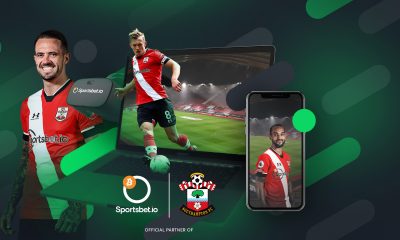

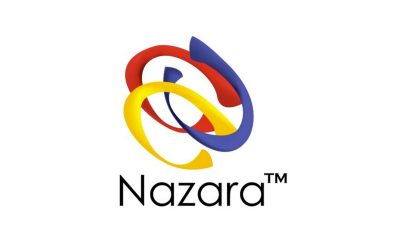







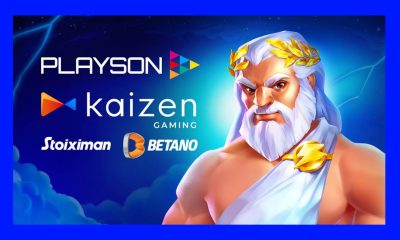


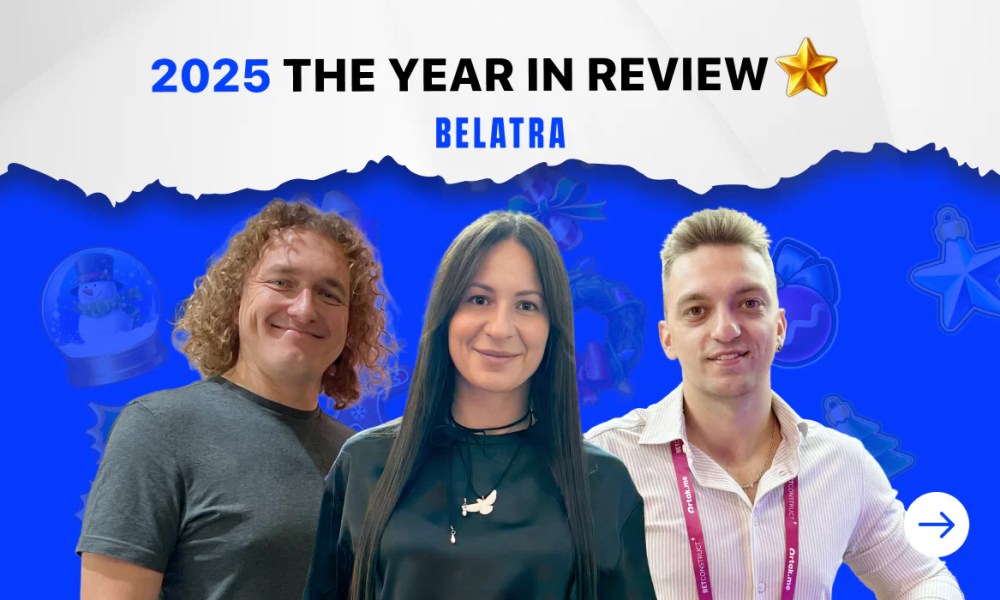



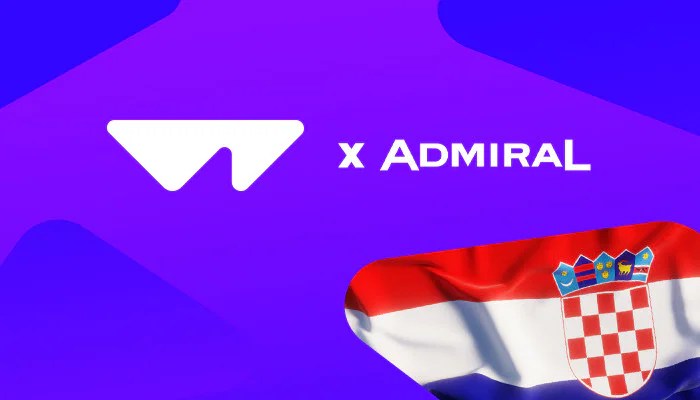




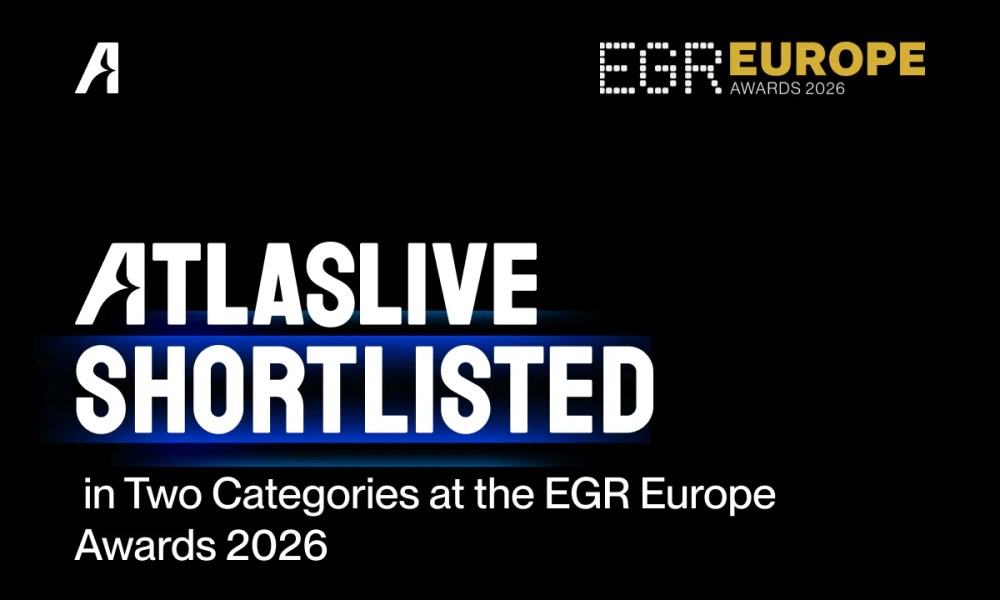
You must be logged in to post a comment Login